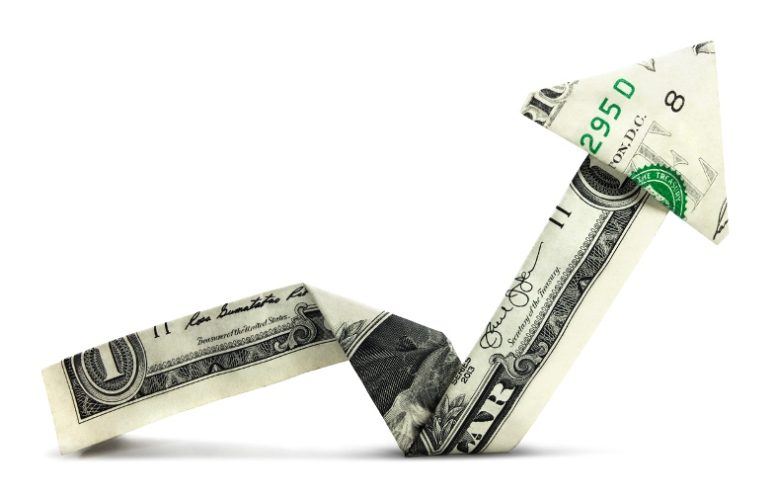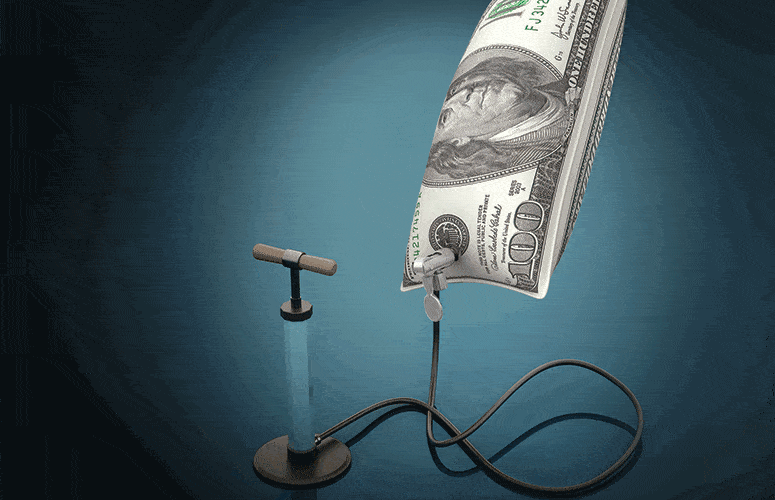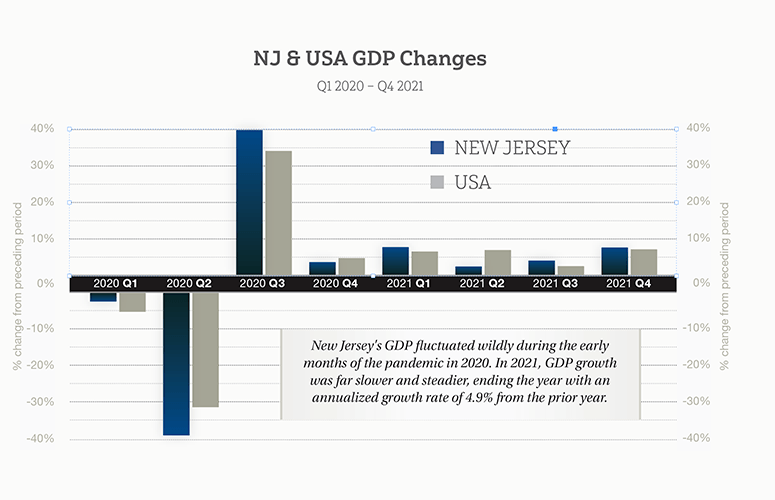
GDP Grows 4.9% in Third Quarter as Inflation Slows Further
By Dean Baker, Center for Economic & Policy Research On Oct 26, 2023Strong growth across sectors propelled the US economy in the third quarter, as the inflation rate slowed to a pace only slightly above the Federal Reserve’s target. The 4.9% growth rate was the fastest since the 7.0% reported for the fourth quarter of 2021. At the same time, the annual inflation rate, as measured by the Federal Reserve Board’s preferred measure, declined to 2.4%, just above the Fed’s 2.0% target.
This report is encouraging. While the overall growth rate is almost certainly well above the economy’s sustainable growth rate, much of it was driven by a more rapid pace of inventory accumulation. Final demand grew at a 3.5% rate, which is still fast, but not obviously out of line with the economy’s potential.
The growth for the quarter also implies another quarter of rapid productivity growth. Productivity grew at a 3.5% pace in the second quarter. It is likely to come in above 2.5% in the third quarter. The productivity data are always erratic, and even more than usual since the pandemic, but this is still encouraging.
Finally, the report provides further evidence of slowing inflation. The Fed may not yet be prepared to declare victory, but with inflation this close to its target, it would be hard to justify any further rate hikes, and reasonable to begin to think about cuts.
Consumption Remains Solid, Healthcare Costs Pick Up
Consumption grew at a solid 4.0% annual rate. Durable goods consumption grew most rapidly, rising at a 7.6% pace. Car sales were only a small part of this rise. The biggest single factor within durable goods was an extraordinary 29.7% increase in the purchase of computers and related equipment. Some of this likely is for home offices.
Non-durable consumption rose at a more modest 3.3% rate, while service consumption increased at a 3.6% rate. Because inflation in services was far more rapid than inflation in goods, 4.0% in services compared to 0.8% in goods, the service share in nominal consumption expenditures rose, but it is still far below its pre-pandemic pace.
In this respect, it is notable that nominal spending on healthcare services has been rising rapidly in the last year. It was up 7.9% from its year-ago level, although it rose at just a 5.4% rate in the third quarter. Healthcare spending had slowed sharply during the pandemic, but has been bouncing back in the last year. The third quarter level is still slightly below the pre-pandemic pace of 5.0%
Inflation Continues to Slow
Inflation, by most measures, continued to slow in the third quarter. The core personal consumption expenditure deflator, which the Fed targets, fell to a 2.4% annual rate of growth in the third quarter. This is down from a peak of 6.0% in the first quarter of 2022 (also the second quarter of 2021). With shelter inflation continuing to slow, inflation is likely to decline further in the next two quarters.
Very Solid Report by Almost Every Measure
Virtually all the news in the third quarter GDP report was positive. The 4.9% growth figure is clearly faster than the economy can sustain, but if we pull out the unusual jump in inventories, the 3.5% growth in final demand is much closer to a sustainable pace. The productivity number will be strong for a second consecutive quarter, raising the hope that AI and other technologies may have the economy on a faster growth path. And, the story on inflation suggests that the Fed’s battle is almost won.
The one concerning item is the slowing of investment growth. There are measurement issues, such as the possible displacement of business investment into consumption expenditures for home offices. Also, there should be a rebound in investment in intellectual products when the actors’ strike ends, but high interest rates could be having an impact here.
To access more business news, visit NJB News Now.
Related Articles:





